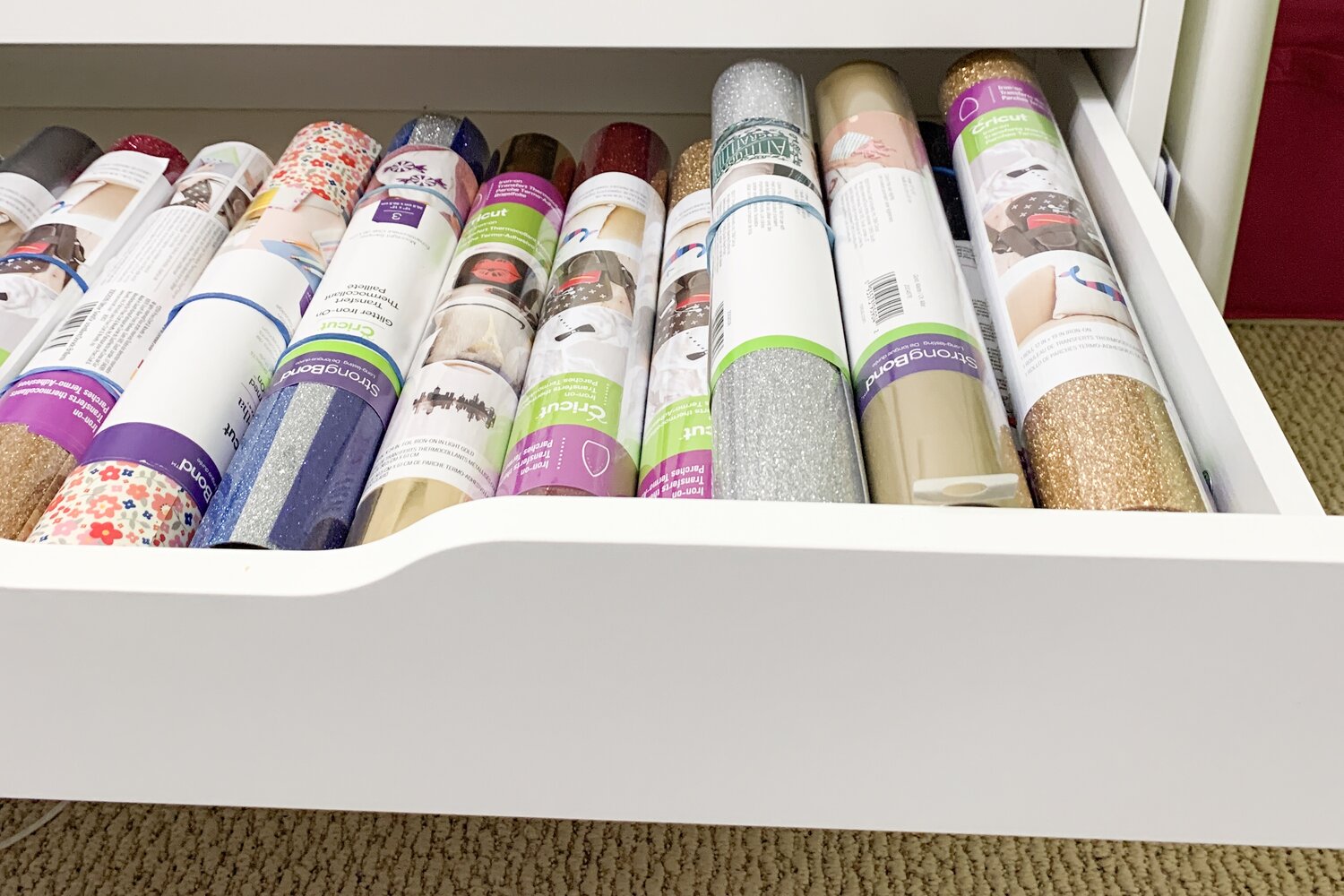

Articles
How To Store Vinyl Rolls
Modified: February 23, 2024
Learn the best practices for storing vinyl rolls in this informative article. Discover tips and techniques to keep your vinyl rolls in pristine condition and prevent damage.
(Many of the links in this article redirect to a specific reviewed product. Your purchase of these products through affiliate links helps to generate commission for Storables.com, at no extra cost. Learn more)
Introduction
Welcome to the world of vinyl rolls! Whether you’re a vinyl enthusiast, a DIY crafter, or a professional artist, properly storing your vinyl rolls is essential for preserving their quality and longevity. Vinyl rolls are not only valuable investments but also a key ingredient in unleashing your creativity. By storing them correctly, you can ensure that your vinyl rolls remain in prime condition, ready to be used whenever inspiration strikes.
In this article, we will guide you through the step-by-step process of storing vinyl rolls to maintain their integrity and prevent any damage. From choosing the right storage location to handling the rolls with care, you’ll learn valuable tips and techniques to keep your vinyl collection in the best possible shape.
So, let’s dive in and explore the world of vinyl roll storage!
Key Takeaways:
- Properly storing vinyl rolls is crucial for preserving their quality. Choose an appropriate storage location, handle rolls with care, and protect them from heat, moisture, and sunlight to ensure longevity.
- Organize vinyl rolls by type or size, regularly check and rotate them, and keep them away from dust and dirt. By following these steps, you can maintain your vinyl collection in prime condition for future use.
Read more: How To Store Rolls Of Vinyl
Step 1: Choose an Appropriate Storage Location
The first step in properly storing your vinyl rolls is to select an appropriate storage location. The ideal space should have suitable temperature and humidity levels to prevent any damage to the rolls.
It’s best to choose a cool and dry area for storing your vinyl rolls. Avoid places that are prone to extreme temperature fluctuations or high humidity, such as attics, basements, and bathrooms. These conditions can lead to warping, mold growth, and deterioration of the vinyl material.
If possible, opt for a room or closet with climate control to maintain a stable environment for your vinyl rolls. A consistent temperature between 65-75°F (18-24°C) and a relative humidity level of around 40-50% is recommended.
Additionally, consider the accessibility of your storage location. Make sure it’s easy for you to retrieve and return vinyl rolls without any hassle. A dedicated shelf or rack specifically designed for vinyl roll storage can be a great investment, keeping your rolls organized and easily accessible.
By choosing the right storage location, you can ensure that your vinyl rolls are protected from adverse environmental conditions, keeping them in optimal condition for years to come.
Step 2: Prepare Your Vinyl Rolls for Storage
Before you begin storing your vinyl rolls, it’s important to properly prepare them to minimize the risk of damage during storage. This step will help ensure that your rolls remain in pristine condition when you’re ready to use them again.
First, make sure that your vinyl rolls are clean and free from any dust, dirt, or debris. Use a soft, lint-free cloth or a gentle cleaning solution to wipe down the rolls, removing any surface contaminants. This will prevent any particles from scratching or damaging the vinyl material.
Next, inspect your vinyl rolls for any signs of damage, such as tears, cuts, or creases. If you come across any damaged rolls, it’s best to address them before storing. Depending on the severity of the damage, you can try repairing them with adhesive vinyl patches or consider replacing them if necessary.
Once your vinyl rolls are clean and in good condition, consider wrapping them in acid-free tissue paper or plastic sleeves. This provides an extra layer of protection against dust, moisture, and potential wear during storage.
For larger vinyl rolls, consider using cardboard tubes or PVC pipe sections to keep them rolled tightly and prevent them from unraveling. These tubes will help maintain the shape and integrity of the rolls, making it easier to store and handle them.
By taking the time to properly prepare your vinyl rolls for storage, you are setting the stage for long-term preservation and ensuring that they are ready to be used when needed.
Step 3: Use Proper Storage Containers or Tubes
When it comes to storing vinyl rolls, using the right storage containers or tubes is crucial for keeping them protected and organized. Proper storage containers or tubes help prevent damage, minimize exposure to light and moisture, and allow for easy retrieval of your vinyl rolls.
There are several options available for storing vinyl rolls. One popular choice is plastic storage containers with lids. Look for containers that are sturdy, stackable, and have enough space to accommodate the size of your rolls. Clear containers are preferable as they allow you to easily see and identify the rolls without having to open each container.
If you prefer a more specialized approach, consider investing in vinyl roll storage tubes. These tubes come in various sizes and materials such as cardboard or PVC. The advantage of using storage tubes is that they provide a secure and compact way to store your vinyl rolls, preventing them from bending or creasing.
When using storage containers or tubes, make sure you label them clearly. Include information such as the type of vinyl, size, color, or any other relevant details. This will make it easier for you to find the specific roll you need without having to search through multiple containers or tubes.
Remember to store your vinyl rolls vertically whenever possible. This helps maintain their shape and prevents any unnecessary pressure or stress on the material. If storing them horizontally is the only option, ensure that they are properly supported and have enough padding to prevent any distortion.
By using proper storage containers or tubes, you can ensure that your vinyl rolls are well-protected, easily accessible, and maintain their quality over time.
Step 4: Organize Vinyl Rolls by Type or Size
Keeping your vinyl rolls organized is a key aspect of efficient storage. When your rolls are well-organized, you can easily locate and retrieve the ones you need, saving you time and effort. One effective way to organize your vinyl rolls is by grouping them based on type or size.
If you have a variety of vinyl rolls with different colors, patterns, or finishes, consider grouping them by type. This could include separating adhesive vinyl from heat transfer vinyl, or organizing by specific brands or collections. By grouping similar types of vinyl rolls together, you can quickly find the specific roll you’re looking for without searching through all of them.
If you prefer to organize your vinyl rolls by size, you can categorize them into different groups or sections based on their width or length. This method is particularly useful if you frequently work on projects that require specific dimensions of vinyl rolls. You can label each section accordingly, making it easier to quickly grab the desired size when needed.
Another option for organizing vinyl rolls is to use storage racks or dividers within your storage containers or tubes. These dividers can be adjustable or fixed, allowing you to create customized sections within the container or tube. By separating your rolls using dividers, you can prevent them from jumbling together and becoming tangled.
Whichever method you choose, having a well-organized system for your vinyl rolls will save you time and frustration in the long run. You’ll be able to locate and retrieve the rolls you need without any hassle, enabling you to focus on your projects with ease.
Read more: How To Store DIY Vinyl Rolls
Step 5: Avoid Exposure to Heat and Moisture
One of the most important factors to consider when storing vinyl rolls is to protect them from heat and moisture. Vinyl rolls are sensitive to extreme temperatures and excessive moisture, which can lead to warping, adhesive failure, and color distortion.
It’s crucial to store your vinyl rolls in a cool and dry environment. Avoid areas that are exposed to direct sunlight or places that experience frequent temperature fluctuations, such as near heaters or air conditioning vents.
Excessive heat can cause the vinyl material to soften, making it prone to sticking or melting. High humidity levels can promote the growth of mold or mildew on the rolls, which can be difficult or impossible to remove without causing damage.
If you live in a particularly humid climate, consider using dehumidifiers or moisture-absorbing products, such as silica gel packs, within the storage containers or tubes. These can help maintain a drier environment, reducing the risk of moisture-related issues.
In addition to avoiding exposure to heat and moisture during storage, it’s equally important to handle the vinyl rolls with care. When transferring them to and from the storage area, make sure your hands are clean and dry. Avoid touching the adhesive side of the rolls as much as possible to prevent any contamination.
By taking precautions to avoid exposure to heat and moisture, you can significantly prolong the lifespan and quality of your vinyl rolls. They will remain in excellent condition and be ready for use whenever you need them.
Store vinyl rolls upright in a cool, dry place to prevent warping or damage. Use a sturdy rack or holder to keep them organized and easily accessible.
Step 6: Keep Vinyl Rolls Upright or Hanging
When storing vinyl rolls, it’s important to consider their orientation to minimize any potential damage. Keeping the rolls upright or hanging them can help maintain their shape, prevent bending or creasing, and maximize storage space.
If you are using storage containers or tubes, storing the vinyl rolls upright is an excellent option. Place the rolls vertically inside the container, ensuring that they are snugly fit and supported to prevent any unnecessary movement. This method helps keep the rolls in their natural position and reduces the risk of them becoming misshapen or distorted.
Another effective method is to hang the vinyl rolls, especially if they are larger in size or have a significant length. You can use a specialty vinyl roll organizer or a DIY solution such as a hanging rod with adjustable clips. Hanging the rolls allows them to hang freely without any pressure points or folds, keeping them in optimal condition.
When hanging vinyl rolls, make sure to use sturdy hooks or rods that can support the weight of the rolls. Avoid overcrowding the hangers to prevent any unnecessary strain on the rolls or the storage system.
Additionally, if you choose to hang the rolls, ensure that they are kept away from direct sunlight or heat sources. These can cause the vinyl material to warp or make the adhesive less effective.
By keeping your vinyl rolls upright or hanging, you can preserve their shape and integrity, making it easier to access and retrieve them when needed. This method also helps maximize your storage space, keeping your rolls organized and protected.
Step 7: Regularly Check and Rotate Your Vinyl Rolls
Regularly checking and rotating your vinyl rolls is an important practice to ensure their longevity and prevent any issues that may arise during storage. By periodically inspecting and rearranging your rolls, you can identify and address any potential problems early on.
Start by conducting visual inspections of your vinyl rolls. Look for any signs of damage, such as tears, scratches, or discoloration. Examine the adhesive side for any residue or adhesive failure. If you discover any issues, take the necessary steps to repair or replace the affected rolls.
In addition to inspection, it’s beneficial to rotate your vinyl rolls every few months. This involves moving the rolls that have been sitting in the storage containers or tubes for an extended period to the front, while pushing the recently rotated rolls towards the back. This rotation ensures that all rolls receive equal exposure to light and air, preventing any uneven fading or deterioration.
Rotating your vinyl rolls also helps distribute the weight evenly, preventing any long-term pressure on particular rolls. This is especially important if you have a sizable collection or are storing heavy rolls, as constant pressure from above can cause deformation or damage over time.
During the rotation process, take the opportunity to check the labels and ensure they are still accurate and legible. If any labels have peeled off or become unreadable, replace them with new ones to maintain proper organization and easy identification of the rolls.
By regularly checking and rotating your vinyl rolls, you can catch any issues early on and ensure that all rolls are well-preserved. This simple maintenance routine helps prolong their lifespan and keeps them in optimal condition for your creative endeavors.
Step 8: Store Vinyl Rolls Away from Direct Sunlight
Protecting your vinyl rolls from direct sunlight is crucial to maintaining their quality and longevity. Exposure to sunlight, especially for extended periods, can lead to fading, discoloration, and deterioration of the vinyl material.
When choosing a storage location for your vinyl rolls, opt for an area that is away from windows or any other sources of direct sunlight. Sunlight contains ultraviolet (UV) rays, which are harmful to the vinyl material and can cause it to fade and become brittle over time.
If you are unable to avoid sunlight exposure completely, consider using UV-protective filters or curtains to block out the harmful rays. These filters can help minimize the impact of UV radiation on your vinyl rolls.
Another option is to store your vinyl rolls in opaque storage containers or tubes. These containers prevent sunlight from entering and reaching the rolls, providing additional protection against UV damage.
Additionally, it’s vital to avoid storing your vinyl rolls near heat sources, as high temperatures can intensify the harmful effects of sunlight. Heat can accelerate the deterioration process and cause the material to warp or soften.
By storing your vinyl rolls away from direct sunlight, you can preserve their vibrant colors and maintain their overall quality. This simple precaution will ensure that your vinyl rolls remain in excellent condition and ready to be used whenever inspiration strikes.
Read also: 12 Best Vinyl Roll Storage For 2024
Step 9: Protect Vinyl Rolls from Dust and Dirt
Keeping your vinyl rolls free from dust and dirt is essential for maintaining their pristine condition. Dust and dirt particles can not only make your rolls appear dirty but also potentially cause scratches and damage to the vinyl material.
To protect your vinyl rolls from dust and dirt, there are a few steps you can take:
1. Clean the Storage Area: Before placing your rolls in storage containers or tubes, make sure the storage area itself is clean. Dust and sweep the area, wiping down any surfaces to remove any lingering particles. This will minimize the amount of dust that can settle on the rolls.
2. Use Protective Sleeves or Plastic Wrap: Consider using acid-free protective sleeves or plastic wrap to cover individual vinyl rolls. These sleeves act as an additional barrier, preventing dust and dirt from settling directly on the rolls’ surfaces. Ensure the sleeves or wrap are clean and free of any particles before use.
3. Seal Storage Containers or Tubes: If you are using storage containers or tubes, ensure they have tight-fitting lids or caps. This helps seal out any dust or dirt that may enter the storage vessels. Opt for containers or tubes that are specifically designed for dust protection, if available.
4. Regularly Clean the Storage Area: Periodically clean the storage area where your vinyl rolls are kept to remove any accumulated dust and dirt. This can be done by dusting or vacuuming the surrounding surfaces, ensuring a clean environment for your rolls.
5. Handle Rolls with Clean Hands: When handling your vinyl rolls, ensure your hands are clean and free from any dirt or oils. Avoid touching the adhesive side of the rolls to prevent any contamination. Consider using gloves or finger cots for added protection.
By taking these precautions, you can effectively shield your vinyl rolls from dust and dirt, ensuring they remain in pristine condition for your crafting or creative projects. Regular cleaning and maintaining a clean storage area will significantly contribute to the longevity and quality of your vinyl rolls.
Step 10: Handle Vinyl Rolls with Care During Storage
Proper handling of your vinyl rolls during storage is crucial to prevent any unnecessary damage or wear. By taking care when transferring, organizing, and moving your rolls, you can ensure they remain in excellent condition throughout their time in storage.
Here are some tips for handling vinyl rolls with care during storage:
1. Clean and Dry Hands: Before handling your vinyl rolls, make sure your hands are clean and dry. This helps prevent any transfer of dirt, oils, or moisture onto the rolls’ surfaces, which can cause damage or affect the adhesive.
2. Avoid Sharp Objects: When moving or organizing your vinyl rolls, be mindful of avoiding contact with sharp objects such as scissors or blades. Accidental cuts or punctures can compromise the integrity of the rolls and make them unusable.
3. Support the Rolls: When lifting or moving your vinyl rolls, support them from both ends to distribute the weight evenly. Be cautious not to place too much pressure on one side, which can lead to bending or warping.
4. Avoid Bending or Folding: Never force your vinyl rolls into tight spaces or bend them excessively. This can lead to permanent creases or deformations in the material, rendering them unusable.
5. Use Padding or Cushioning: If you need to stack or store your rolls horizontally, ensure there is sufficient padding or cushioning between each roll. This helps prevent any potential damage caused by friction or pressure between the rolls.
6. Avoid Extreme Temperatures: When handling your vinyl rolls, be mindful of the temperature of your hands. Extreme heat or cold can affect the vinyl material, making it more susceptible to damage or deformation.
7. Place Carefully in Storage: When placing your vinyl rolls into storage containers, tubes, or hanging racks, do so gently and avoid any sudden or rough movements. Ensure the rolls fit properly and are secure to avoid any accidental unrolling or shifting during storage.
By handling your vinyl rolls with care, you can preserve their integrity and ensure they remain in optimal condition throughout their time in storage. Taking these precautions will protect your investment and allow you to enjoy high-quality rolls when you’re ready to use them in your creative projects.
Conclusion
Properly storing your vinyl rolls is essential for preserving their quality and ensuring that they remain in excellent condition for future use. By following the steps outlined in this article, you can protect your investment and enjoy the full potential of your vinyl collection.
From choosing an appropriate storage location to handling the rolls with care, each step plays a crucial role in maintaining the integrity of the vinyl material. Avoiding exposure to heat, moisture, direct sunlight, and dust, as well as organizing the rolls and regularly checking and rotating them, are all essential practices for effective vinyl roll storage.
Remember to properly prepare your rolls for storage by cleaning them and using protective sleeves or plastic wrap. Utilize suitable storage containers or tubes, keeping the rolls upright or hanging them to maintain their shape and prevent damage. Handle the rolls with care, avoiding unnecessary bending, folding, or contact with sharp objects.
By implementing these steps, you can ensure that your vinyl rolls will be ready for your creative projects whenever inspiration strikes. Whether you’re a vinyl enthusiast, a DIY crafter, or a professional artist, proper storage techniques will help prolong the lifespan of your vinyl rolls and protect them from any potential harm.
So, take the time and effort to implement these storage practices for your vinyl rolls. You’ll be rewarded with a collection that remains vibrant, durable, and ready to help you bring your artistic visions to life.
Frequently Asked Questions about How To Store Vinyl Rolls
Was this page helpful?
At Storables.com, we guarantee accurate and reliable information. Our content, validated by Expert Board Contributors, is crafted following stringent Editorial Policies. We're committed to providing you with well-researched, expert-backed insights for all your informational needs.
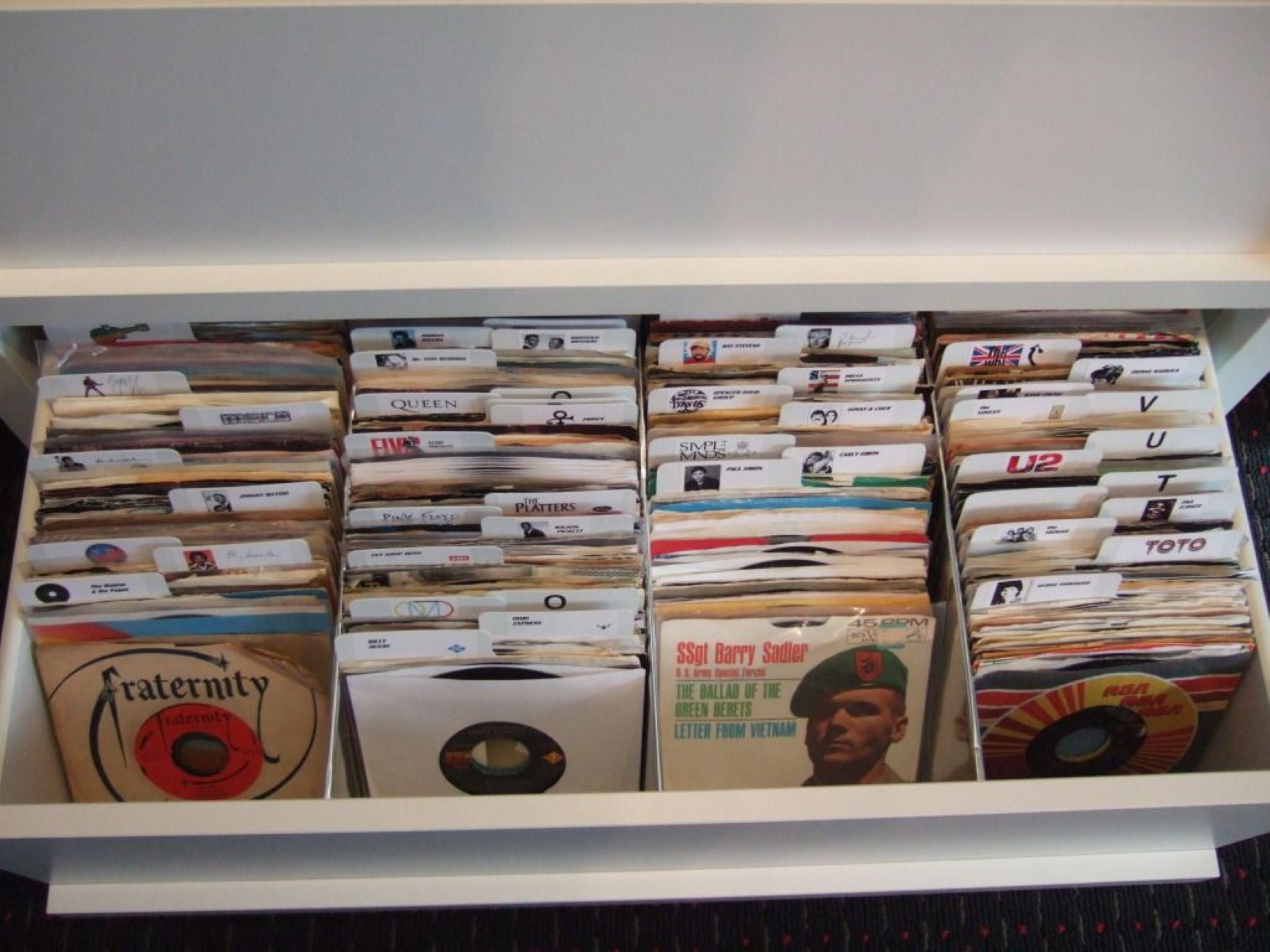

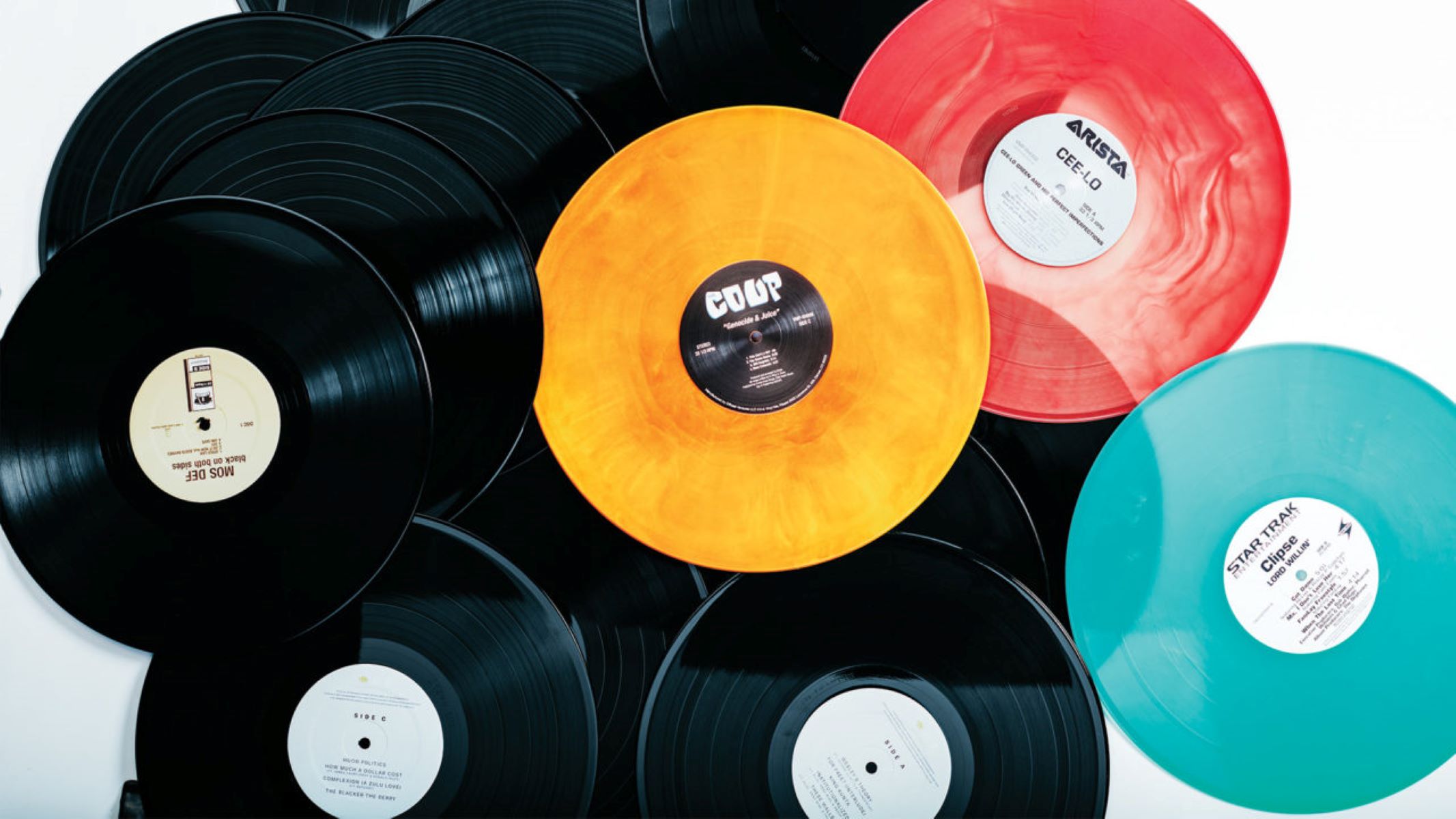

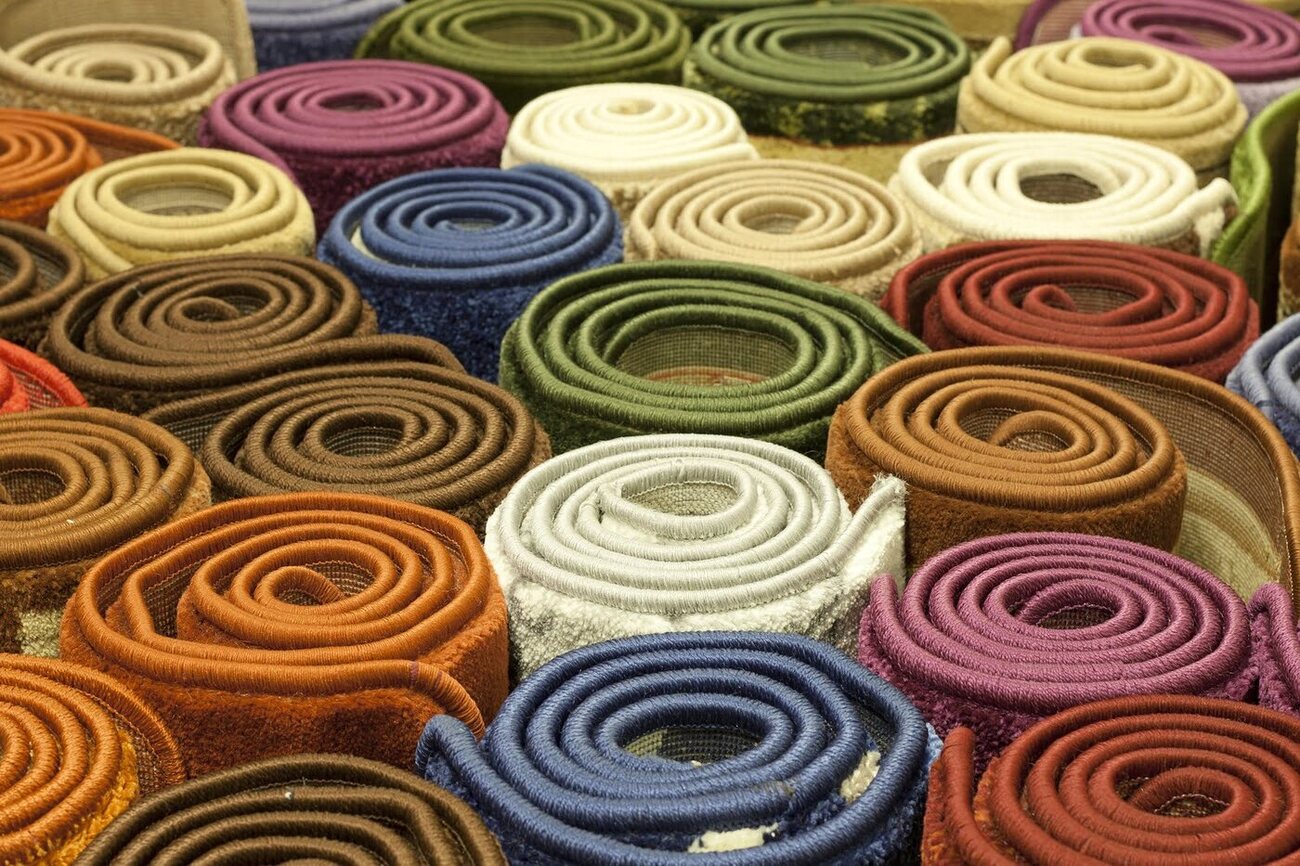
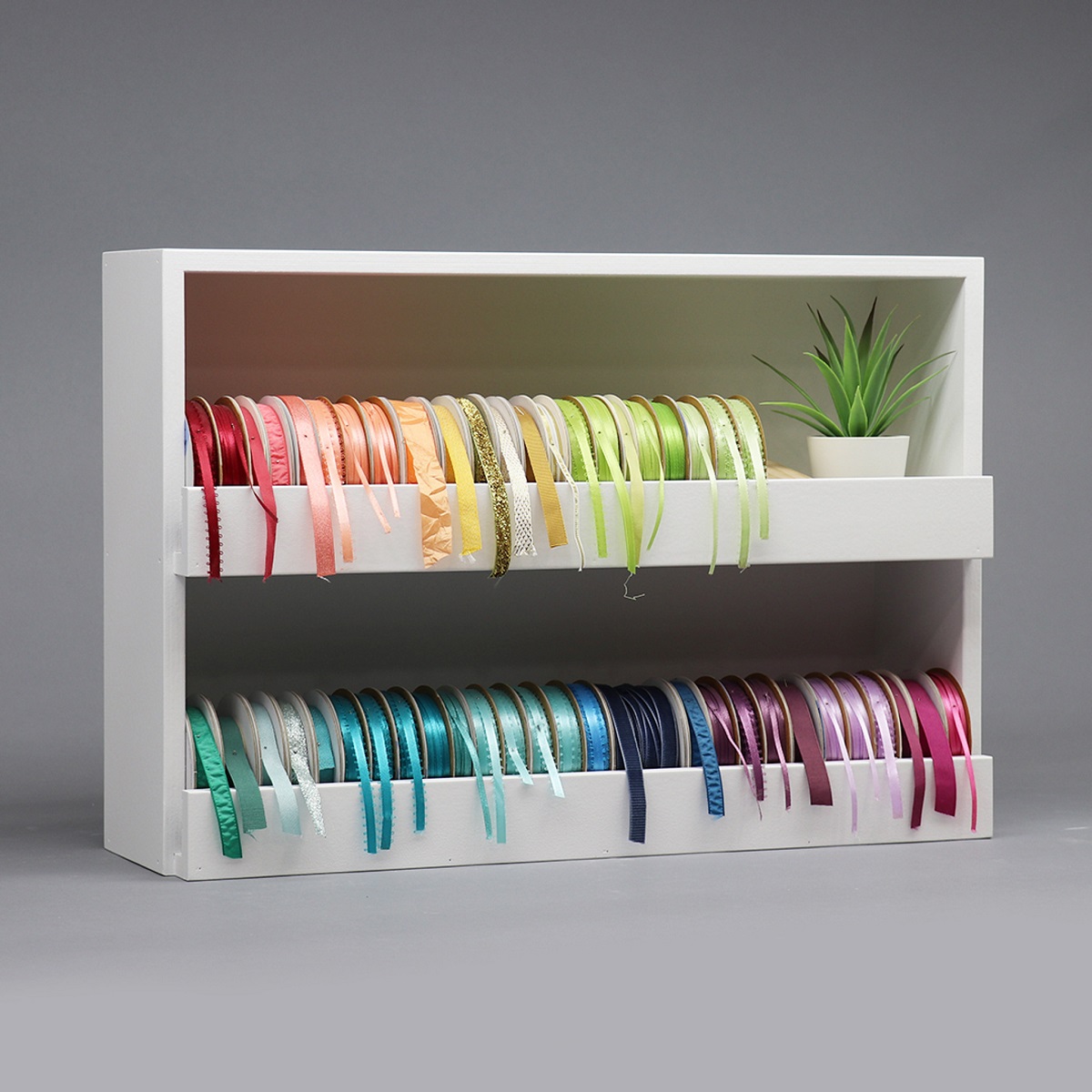



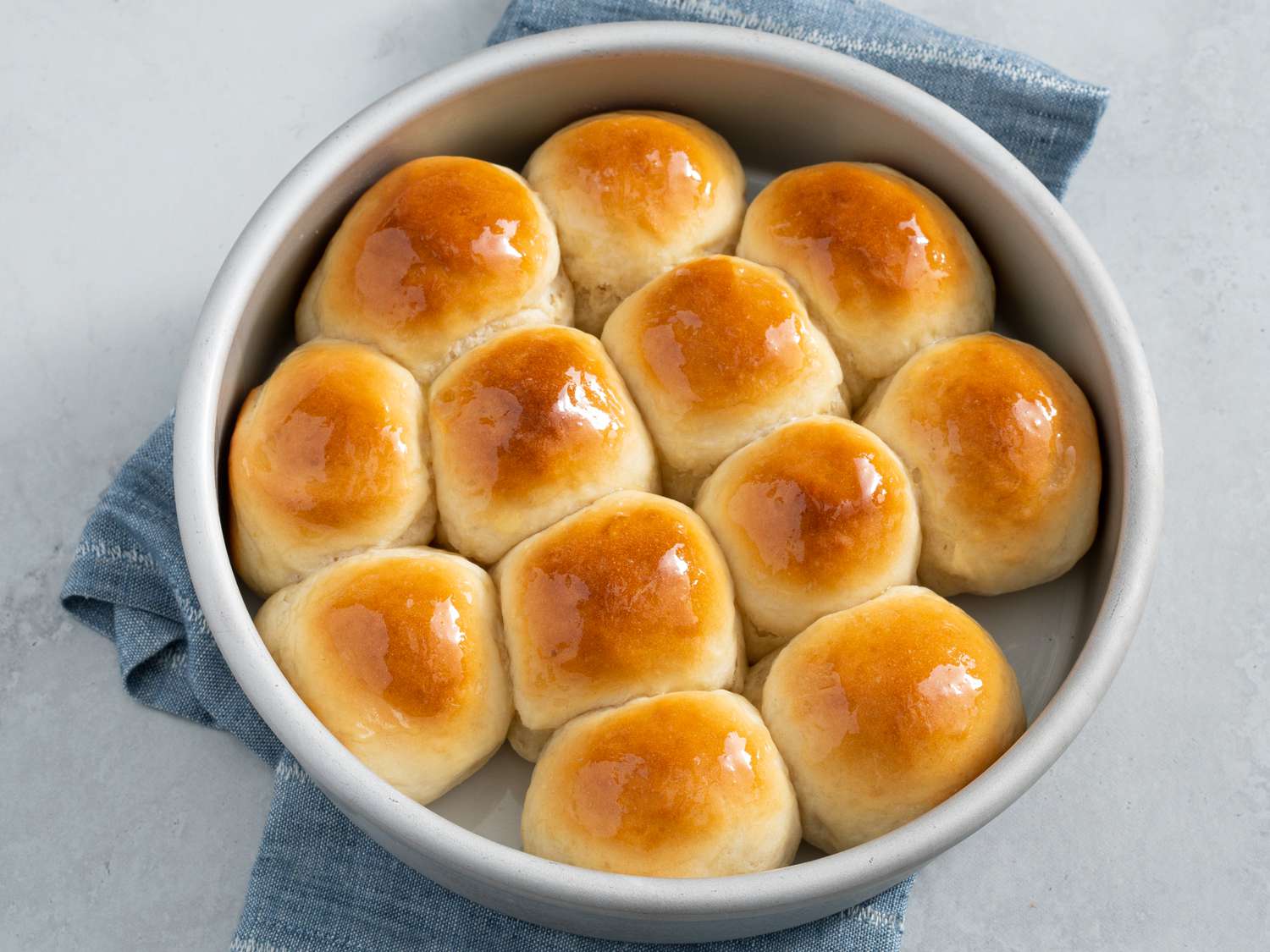

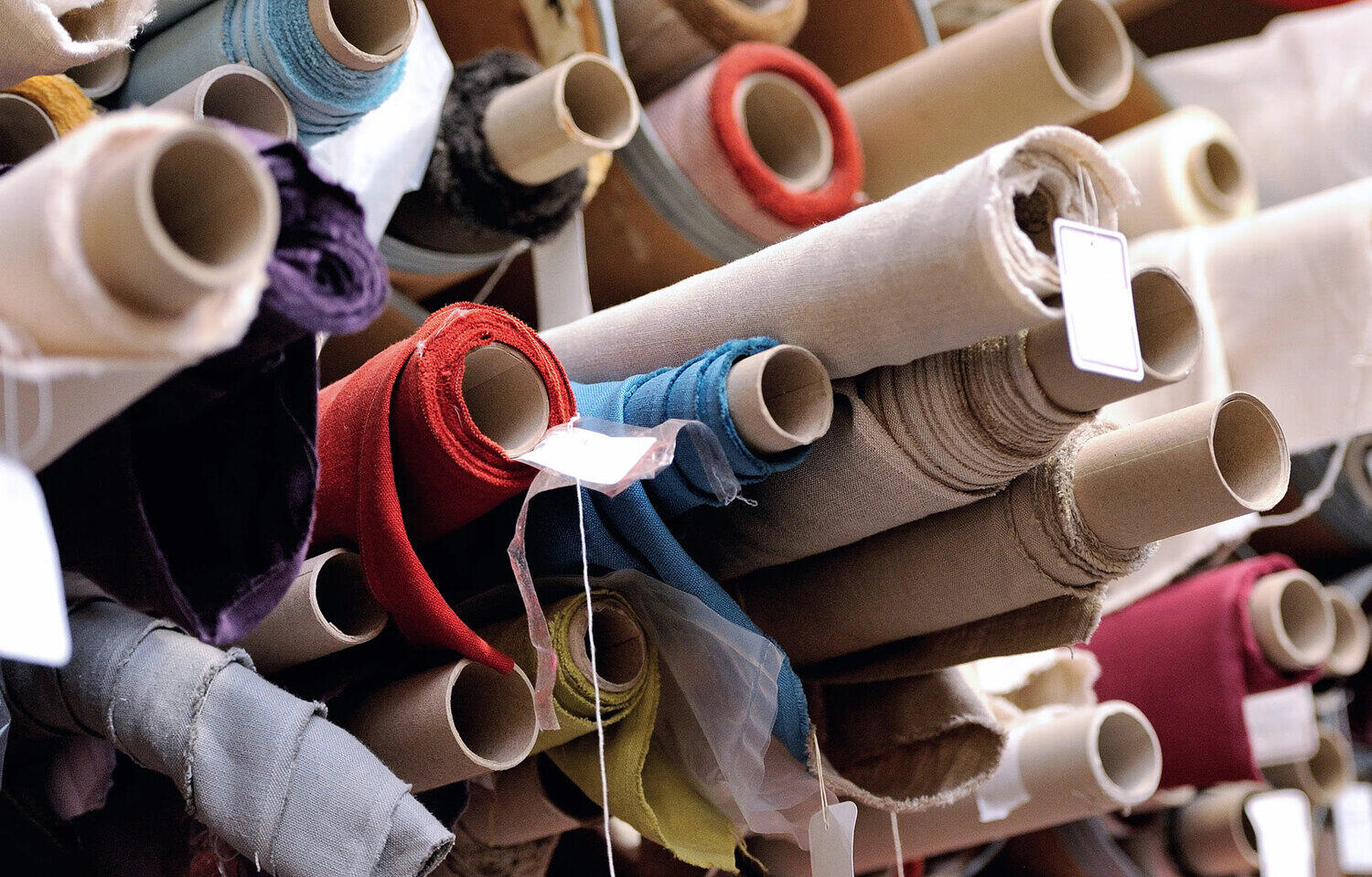
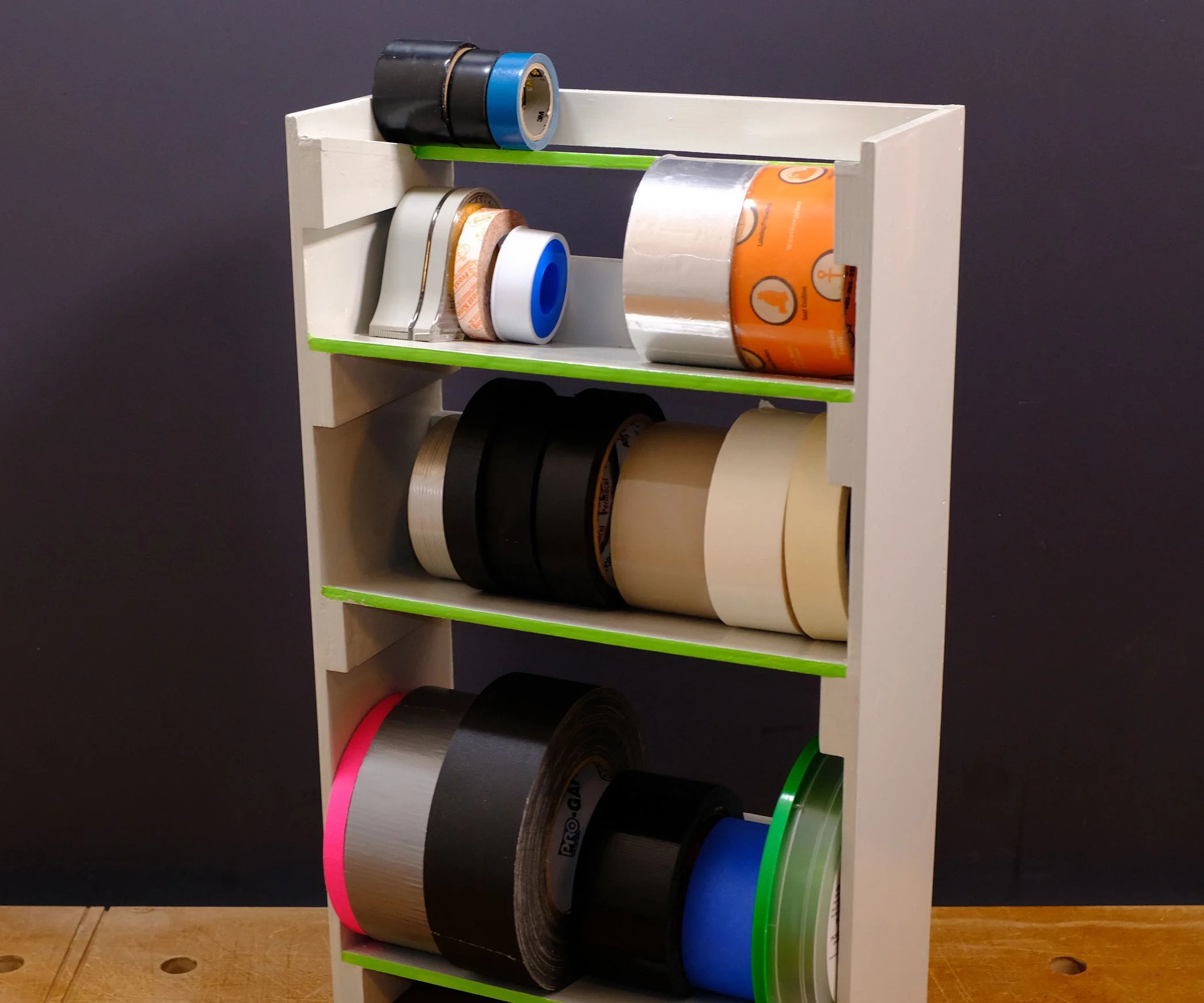

0 thoughts on “How To Store Vinyl Rolls”